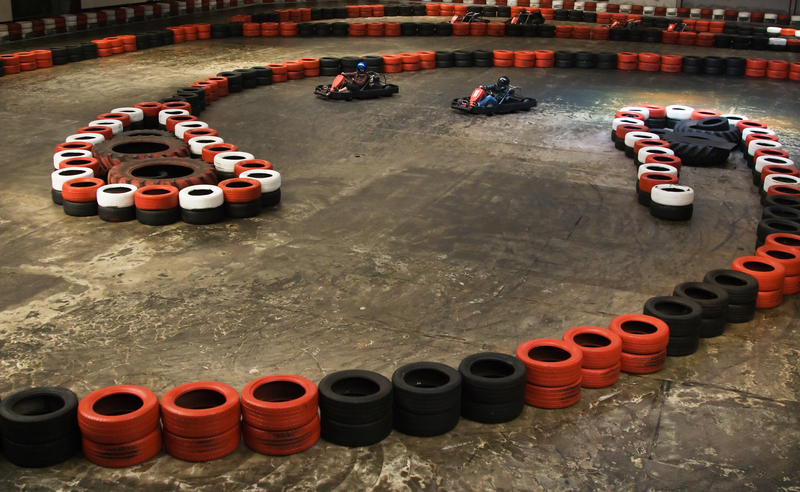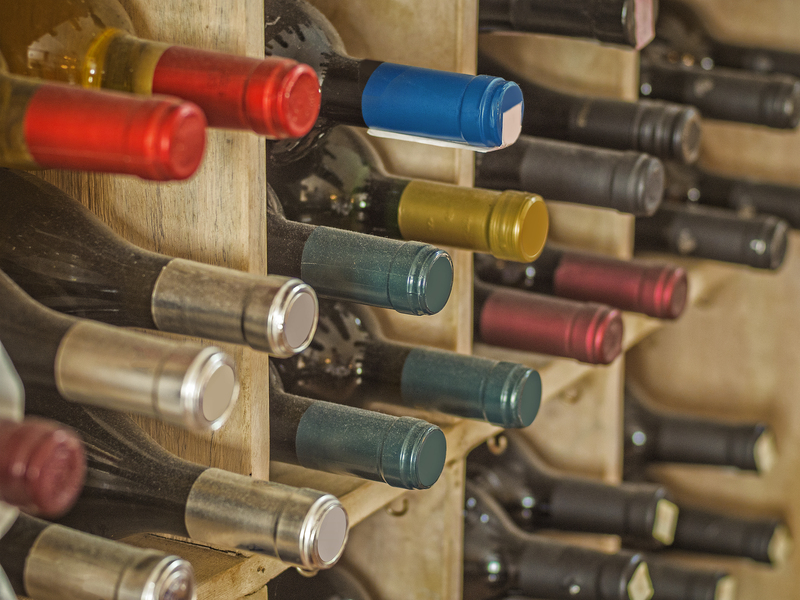Eco-Friendly Solutions for Cardboard Disposal Challenges
In the modern era of rapid e-commerce growth and consumerism, cardboard waste has become a significant environmental concern. While cardboard is highly recyclable, improper disposal methods lead to unnecessary landfill waste and resource depletion. This comprehensive article explores a variety of eco-friendly alternatives and best practices for cardboard disposal, ensuring both individuals and businesses can reduce their ecological footprint effectively.

Understanding the Cardboard Disposal Problem
Cardboard is omnipresent in packaging, shipping, and storage sectors. However, its convenience has resulted in billions of cardboard boxes and packaging materials being thrown away each year. Despite widespread recycling programs, many cardboard waste disposal methods still fall short due to contamination, lack of awareness, and insufficient infrastructure. Proper eco-friendly cardboard disposal requires moving beyond landfilling and burning towards innovative, sustainable solutions.
The Environmental Impact of Improper Cardboard Disposal
- Landfill Overload: Cardboard in landfills contributes to methane emissions as it decomposes anaerobically.
- Resource Waste: Failure to recycle means more trees are cut for new products.
- Pollution: Burning cardboard can release toxic chemicals, worsening air quality.
- Wildlife Hazards: Cardboard litter can harm animals and degrade natural habitats.
Best Practices for Cardboard Recycling
Recycling remains the most effective and accessible eco-friendly solution for cardboard disposal. To maximize the benefits of recycling, it is important to follow best practices:
1. Clean and Sort Cardboard
Remove any plastic, foam, grease, or food residues from cardboard before recycling. Contaminated cardboard can spoil entire recycling batches, leading to more landfill waste. Break boxes down to save space and ease transport.
2. Use Local Recycling Programs
Most communities offer curbside pickup or local drop-off for cardboard recycling. Make sure to abide by your city's guidelines, as some restrict certain types of cardboard (e.g., waxed or plastic-coated).
3. Keep It Dry
Wet cardboard is problematic for recycling facilities as it breaks down fibers and breeds mold. Store and dispose of cardboard in dry locations before recycling day.
4. Separate Mixed Paper Products
While cardboard is recyclable, it should be separated from mixed paper, glossy magazines, and other materials to maintain high-quality recycling streams.
Creative Eco-Friendly Alternatives for Cardboard Disposal
Besides recycling, there are various innovative and sustainable approaches for responsible cardboard waste management:
Reuse and Upcycling
- Storage Solutions: Repurpose sturdy boxes for household or office storage.
- Composting: Plain cardboard, torn into small pieces, adds valuable carbon to compost piles and bins. Avoid waxed, chemically-treated, or printed varieties for this use.
- Kids' Crafts and Educational Projects: Cardboard is ideal for art projects, science models, and school assignments.
- Gardening: Use cardboard as mulch, weed barriers, or to sheet mulch garden beds. This builds soil while reducing landfill waste.
- Moving and Shipping: Reuse boxes for future shipments or donate to local moving services and community groups.
Donation and Community Sharing
- Box Reuse Initiatives: Participate in or start a box swap club for your neighborhood or business community.
- Partner with Local Businesses: Many small businesses, especially those that ship products, gladly accept used boxes in good shape.
- Charity Drives: Donate cardboard tubes and boxes to schools, shelters, or art centers for projects and storage needs.
Commercial Solutions and Industrial Innovations
For businesses dealing with large-scale cardboard waste, there are advanced eco-friendly options:
- Baling Machines: Investing in cardboard balers can reduce transport costs and increase recycling efficiency.
- Closed-Loop Recycling: Businesses can collaborate with recycling firms to ensure their cardboard waste is processed and used for new packaging materials.
- Sustainable Packaging Design: Opt for packaging that minimizes cardboard use or uses recycled/recyclable content.
- Zero-Waste Certification: Adopt zero-waste policies by finding partners that utilize by-products, including cardboard, in manufacturing processes.
The Future of Eco-Friendly Cardboard Disposal Solutions
Emerging technologies and global policy trends are poised to make a significant impact in the landscape of cardboard waste management. Here are some promising developments:
1. Biodegradable and Compostable Cardboard Alternatives
Scientists and manufacturers are now creating more earth-friendly cardboard options, using agricultural by-products, natural adhesives, and water-based inks to make cardboard that breaks down even faster and safer in the environment.
2. Smart Recycling Infrastructure
- AI-Powered Sorting: Automated recycling centers equipped with artificial intelligence speed up sorting and improve recovery rates.
- Robotic Collection: Smart bins and robots can identify, separate, and process cardboard waste in urban settings.
3. Upgraded Community Engagement
Municipalities and NGOs are investing in public education campaigns and incentive programs that reward eco-friendly cardboard disposal practices and encourage greater participation in local recycling efforts.
How to Encourage Eco-Friendly Cardboard Disposal in Your Community
Leading the way toward sustainable cardboard disposal starts on the local level. Here's how you can make a difference:
- Start Awareness Campaigns: Educate neighbors about the environmental benefits of recycling and reusing cardboard.
- Organize Box Drop-Off Days: Schedule periodic collection events for excess cardboard, looping in local recyclers and charities.
- Promote Zero Waste Workshops: Offer workshops on cardboard composting, upcycling, and eco-friendly packaging.
- Influence Policy: Advocate for improved public recycling infrastructure and business incentives for eco-friendly waste handling.
- Support Green Businesses: Prioritize companies that use recycled materials or have zero-waste commitments.

Frequently Asked Questions About Eco-Friendly Cardboard Disposal
Can greasy, oily, or food-stained cardboard be recycled?
No. Such contamination prevents cardboard recycling as oils disrupt the pulping process. Composting is a better alternative for food-soiled cardboard, provided it does not contain plastics or wax coatings.
What types of cardboard are not recyclable?
- Wax-coated Cardboard: Common in produce boxes, difficult to process in standard recycling streams.
- Plastic-lined Cardboard: Coffee cups and some fast-food packaging contain laminated plastic layers.
- Heavily Glittered or Foil-Stamped Cardboard: Inks, foils, and embellishments reduce recyclability.
Should tape, labels, and staples be removed before recycling?
While a small amount is acceptable, removing all non-paper elements helps ensure higher quality recycled pulp and a smoother process. Remove as much as practical before recycling.
Conclusion: Building a Greener Future with Sustainable Cardboard Disposal
Cardboard is both a convenience and a challenge. It is biodegradable and recyclable, but only if handled correctly. By adopting comprehensive, eco-friendly cardboard disposal strategies--including recycling, reusing, composting, and supporting innovative solutions--we can slash landfill waste, conserve resources, and push the world toward a more sustainable future.
Every action, big or small, counts. Whether you're a business optimizing your waste streams or a homeowner choosing to compost and recycle, your efforts put us all closer to a circular, less wasteful economy. Remember: The next time you break down a box, that simple step is part of a global solution to the ever-growing cardboard disposal challenge.
Take Action Today!
- Examine your own cardboard usage patterns.
- Implement new eco-friendly cardboard disposal habits.
- Share knowledge and resources within your community.
- Advocate for stronger recycling and waste reduction policies.
Together, we can solve the challenge of cardboard disposal--one box at a time.